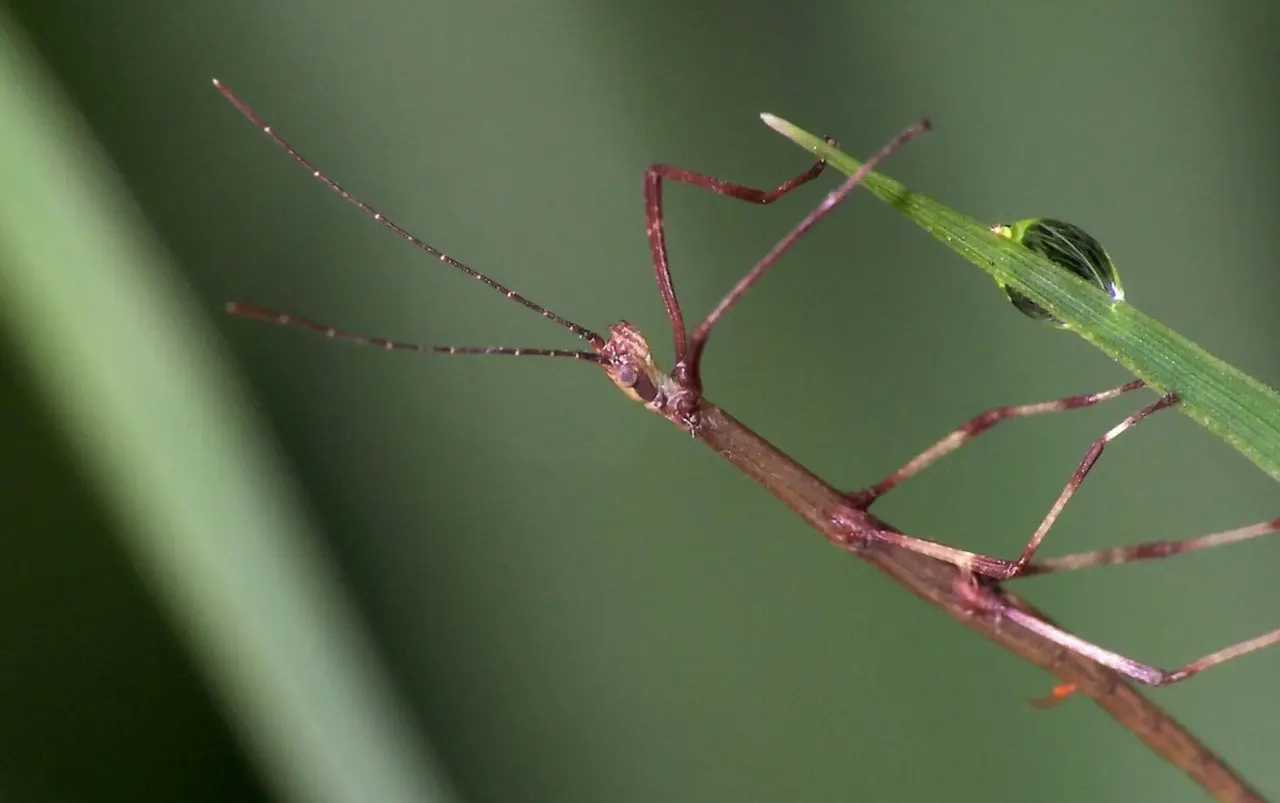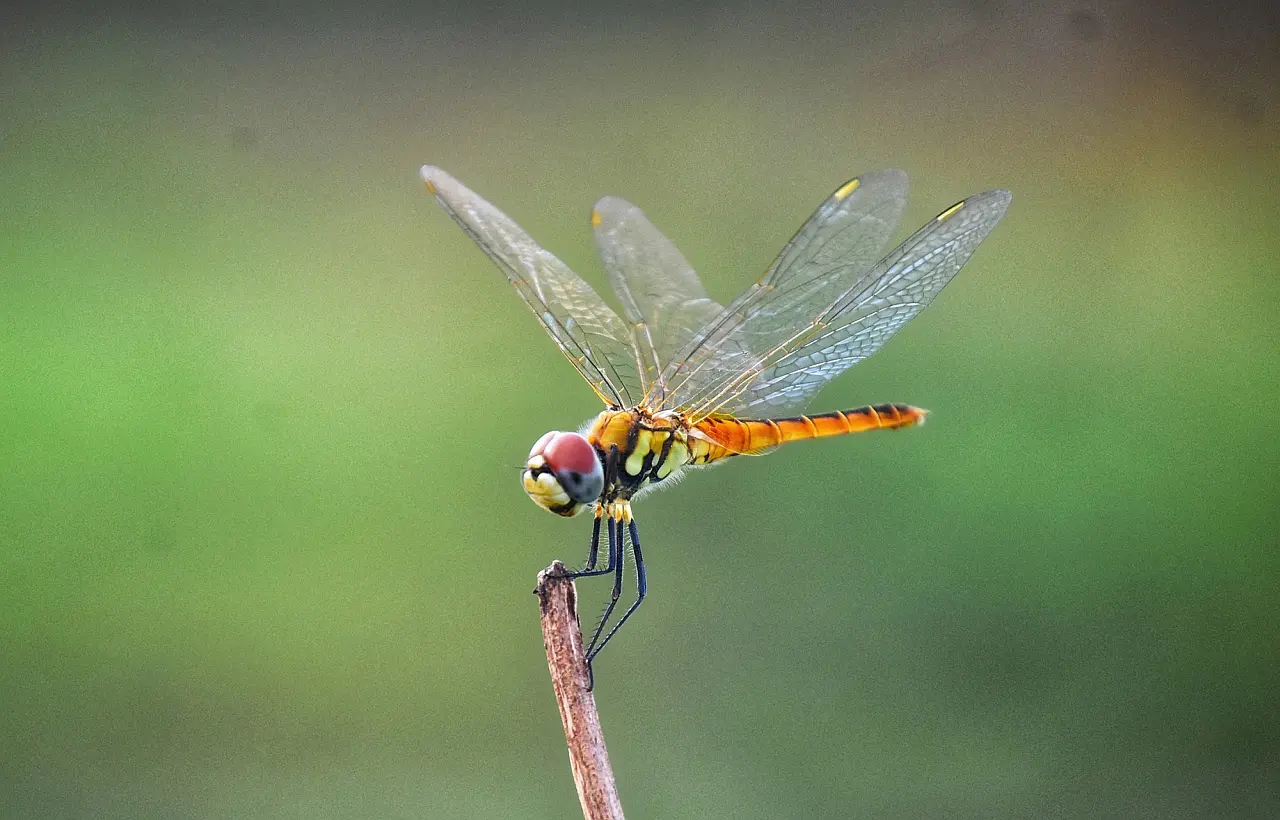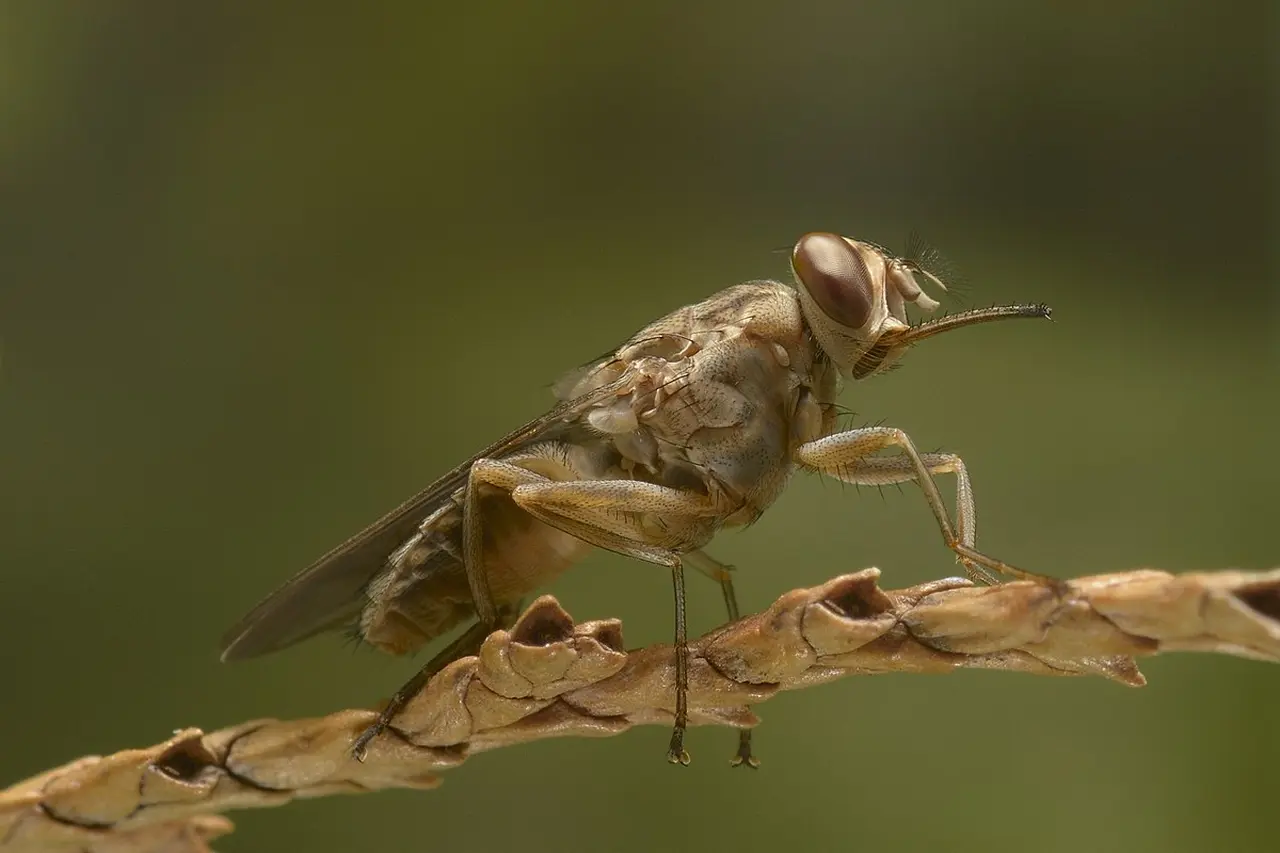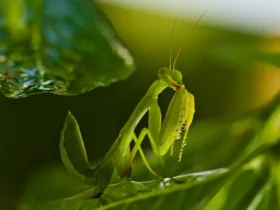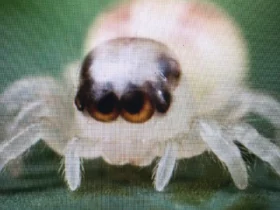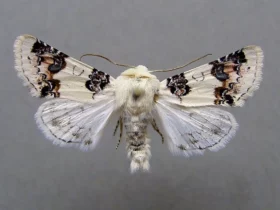Tiny insects with small body sizes still exist in our beautiful world and they are also extremely skilled and sensitive hunters.
In our beautiful world, in addition to large-sized insects, there will also exist small-sized insects that are difficult to observe with the naked eye. The following article will provide necessary information about the smallest insects on the planet.
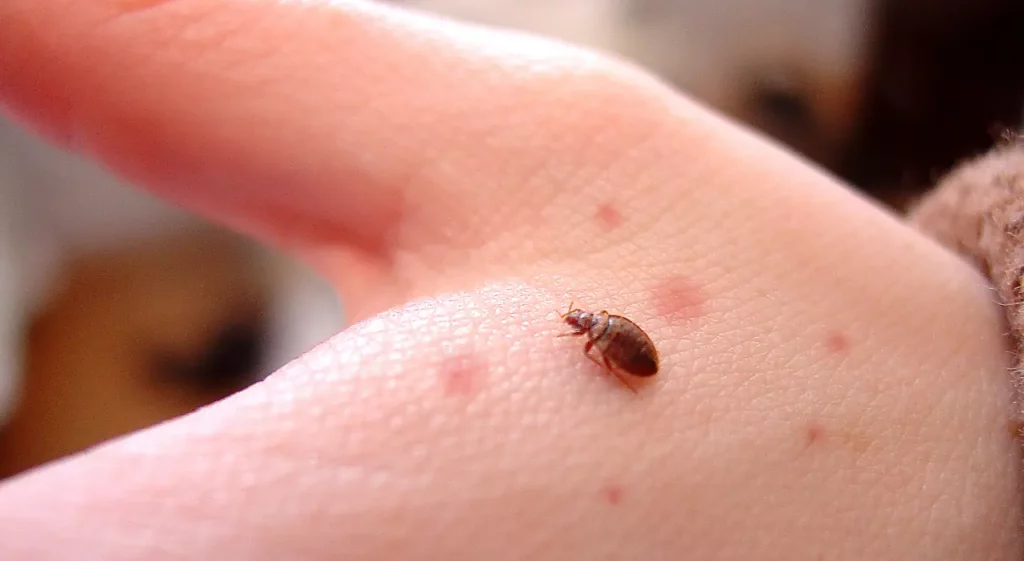
Top the nine smallest insect species in the world
Below are the smallest insect species along with their basic characteristics:
1. Fairyfly wasp
This is one of the tiniest insect species, with a size ranging from 0.5 to 1mm. They were first discovered in 1833 and were described by scientists as being so small that they are almost like atoms, which means that they are difficult to see with the naked eye. They thrive in a wide range of environments from lowland tropical rainforests to arid deserts, meaning that they can adapt to different environmental conditions.
This wasp species has only wings or eyes, a mouth with a single orifice, and very short antennae… Their siblings are also very small, with a size of only about 0.15mm – 0.17mm
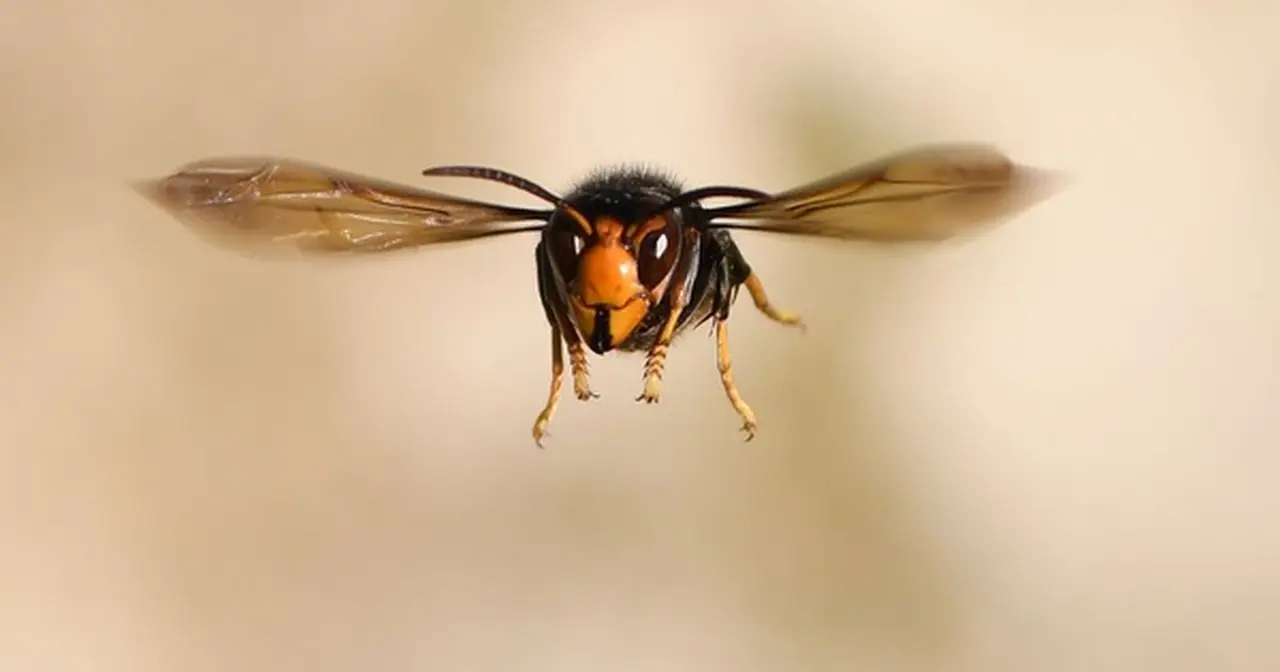
2. Tiny moth
One of the smallest moths, the tiny nocturnal moth measures only about 3mm and is hard to spot with the naked eye. What’s special about this moth is that, unlike other moths that are active during the day, the tiny nocturnal moth is mostly active at night. The only way to distinguish it from other species is by the small, rounded tip on its antennae, a feature that other moths don’t have.
The tiny nocturnal moth used to be a tiny caterpillar that likes to eat leaves and leaves behind small, cute bite marks.
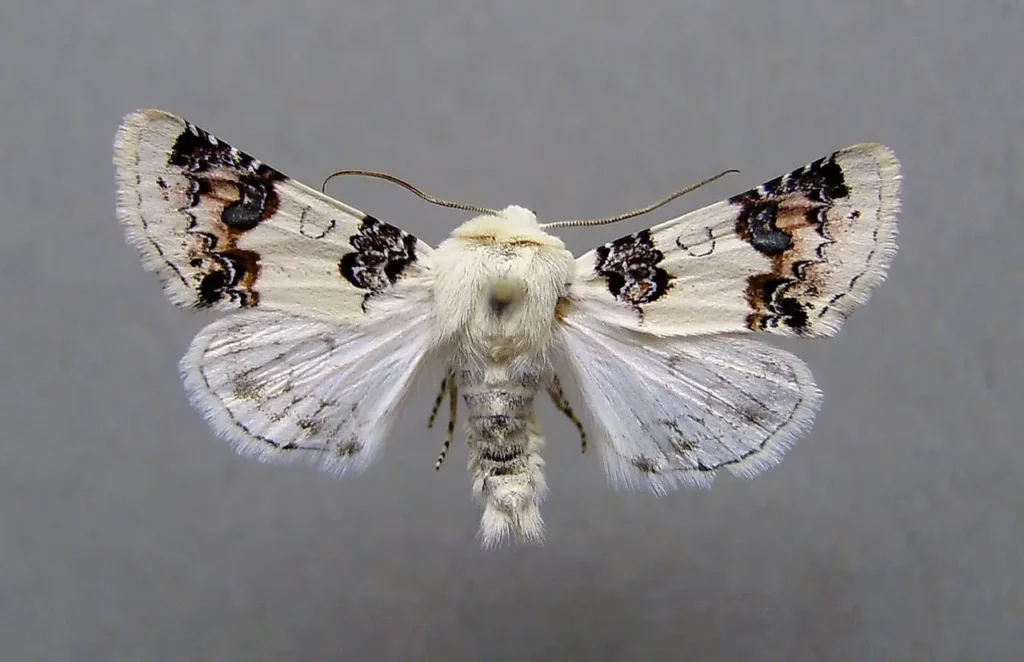
3. Patu Digua spider
The Patu Digua spider is the smallest spider species in the world, living mainly around the Rio Digua river in northern Colombia. This insect is not only small, about 3mm in size, but it is also very difficult to tell which is male and which is female. However, based on field observations, male spiders are always smaller than females and this is a sign to distinguish them.
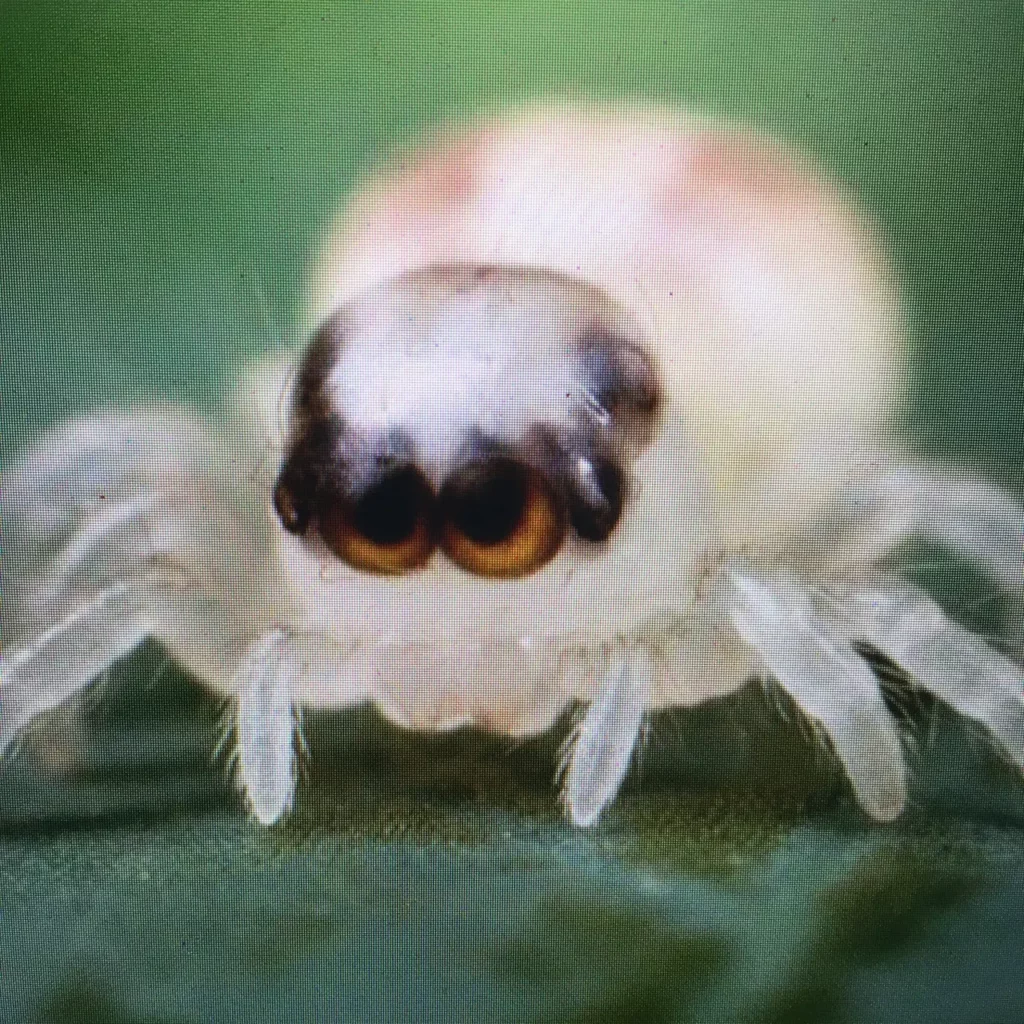
4. Urotaenia Lowii mosquito
The mosquito species is actually called Urandahlii lowii, not Urotaenia lowii.
Urotaenia Lowii mosquito is a tiny mosquito species, measuring only about 2.5mm in length. They have fragile legs and are attracted to the skin secretions of frogs and other amphibians. The irritating thing about this mosquito species is that they are blood-thirsty and leave itchy bumps on the skin. They are also swift flyers, making it difficult to catch or swat them.
Those mosquitoes are carriers of viruses and can spread diseases that directly affect human and animal health, particularly the smaller species which can attack unnoticed. They are also voracious blood-feeders.
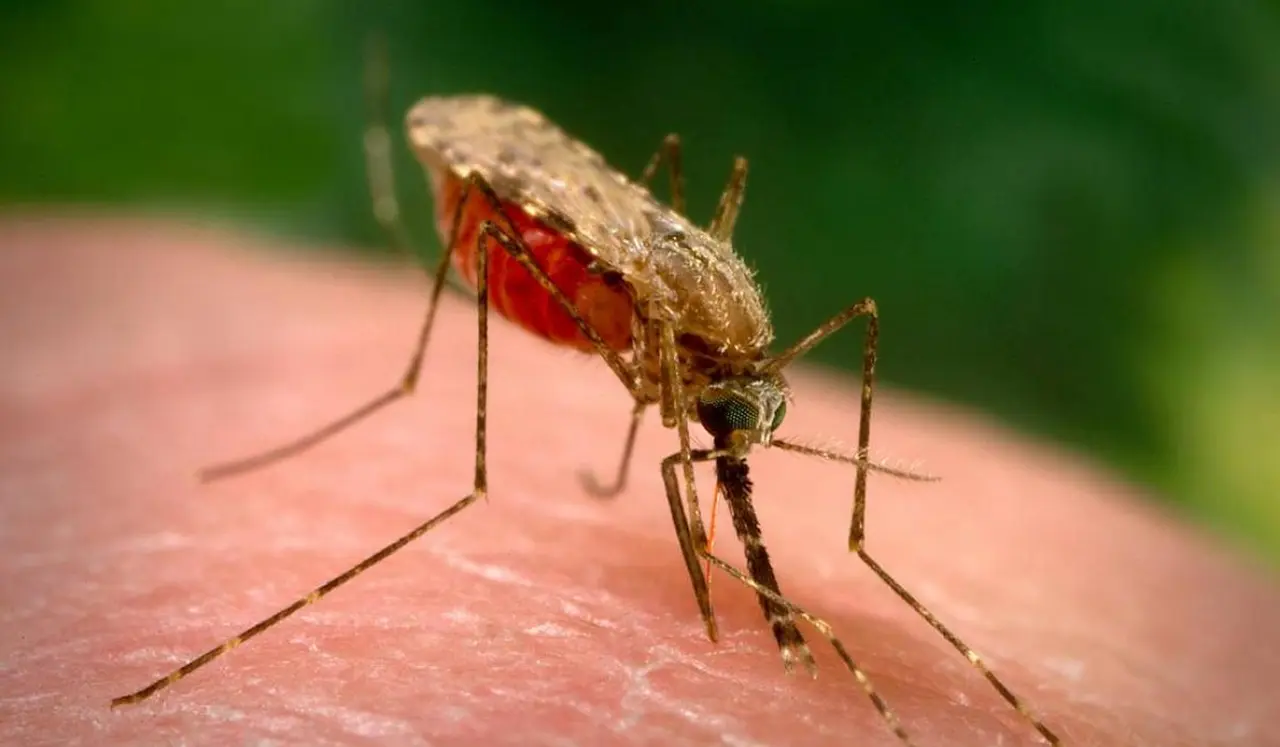
5. Bolbe pygmaea mantis
The Bolbe pygmaea mantis is only 1cm long and is found in Australia. According to ancient beliefs, mantis symbolized strength and were revered in ancient Egyptian texts. However, nowadays, mantises do not have a special relationship with humans and are simply a small insect species.
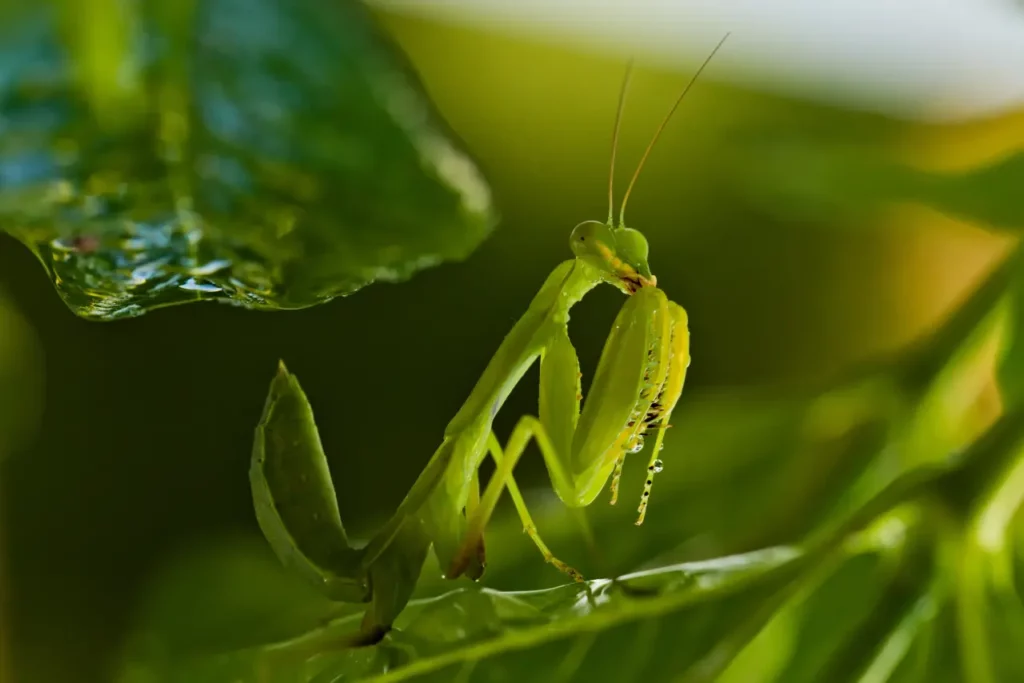
6. Tiny Western Blue Butterfly
The tiny Western Blue butterfly is one of the smallest insects in the world, with a small body that has existed on Earth for about 200 million years. This butterfly species can be found throughout North America and in some areas of the Middle East and Hawaii.
They have a bronze-brown color and are only up to 12mm long, with their siblings being even smaller or slightly larger
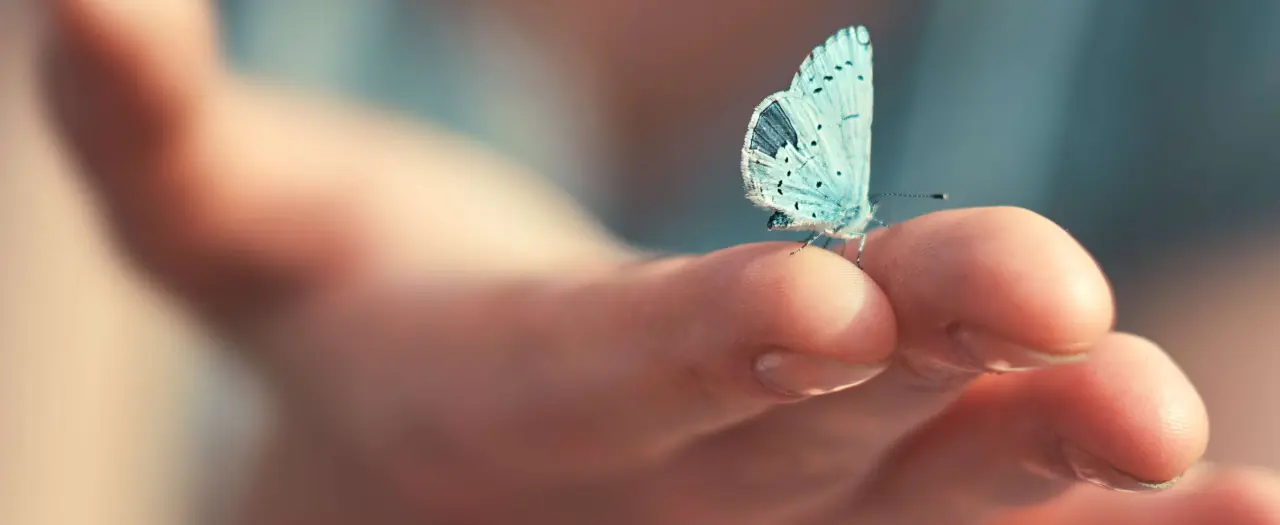
7. Euryplatea Nanaknihali fly
The Euryplatea Nanaknihali fly is one of the smallest flies in the world and has a unique reproductive behavior. They lay eggs inside the head of an ant and when the eggs hatch, the larvae begin to develop and consume the ant host. This is a way of exploiting and using other species for reproduction, which may sound quite brutal, but not all insects have this reproductive behavior.
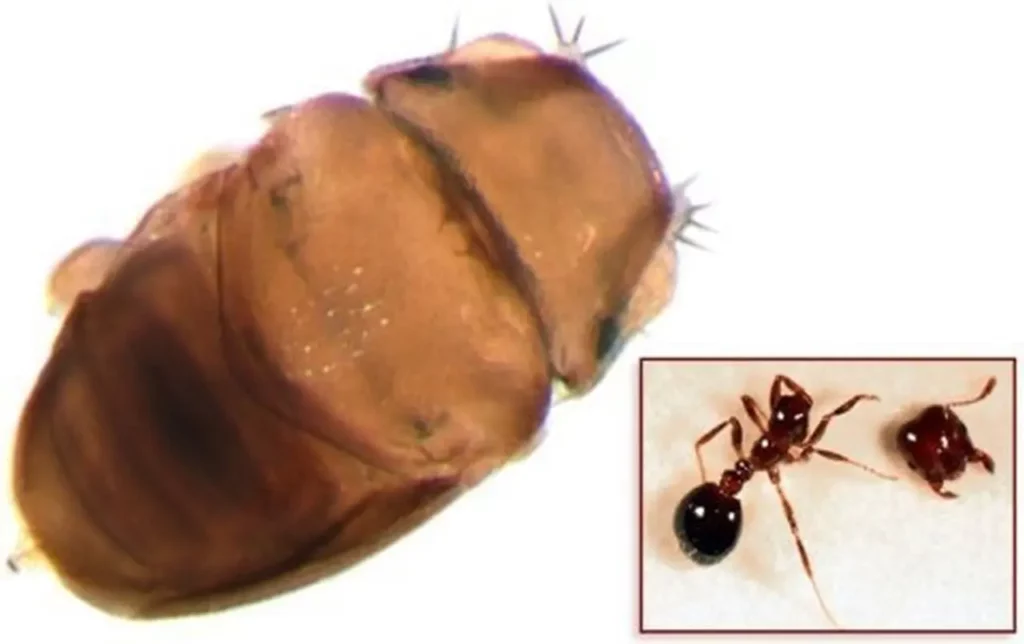
8. Tiny Red Dragonfly
The tiny red dragonfly is one of the smallest insects in the world, and also the largest flying insect on earth. The ancestors of this dragonfly species have been recorded to have existed on the world about 300 million years ago and were once predatory insects feeding on other insects.
However, with the size of the current generation of red dragonflies, they are unlikely to attack other insects due to their small body size, with a length of only about 20mm. They live mainly in Southeast Asia, China and Japan.
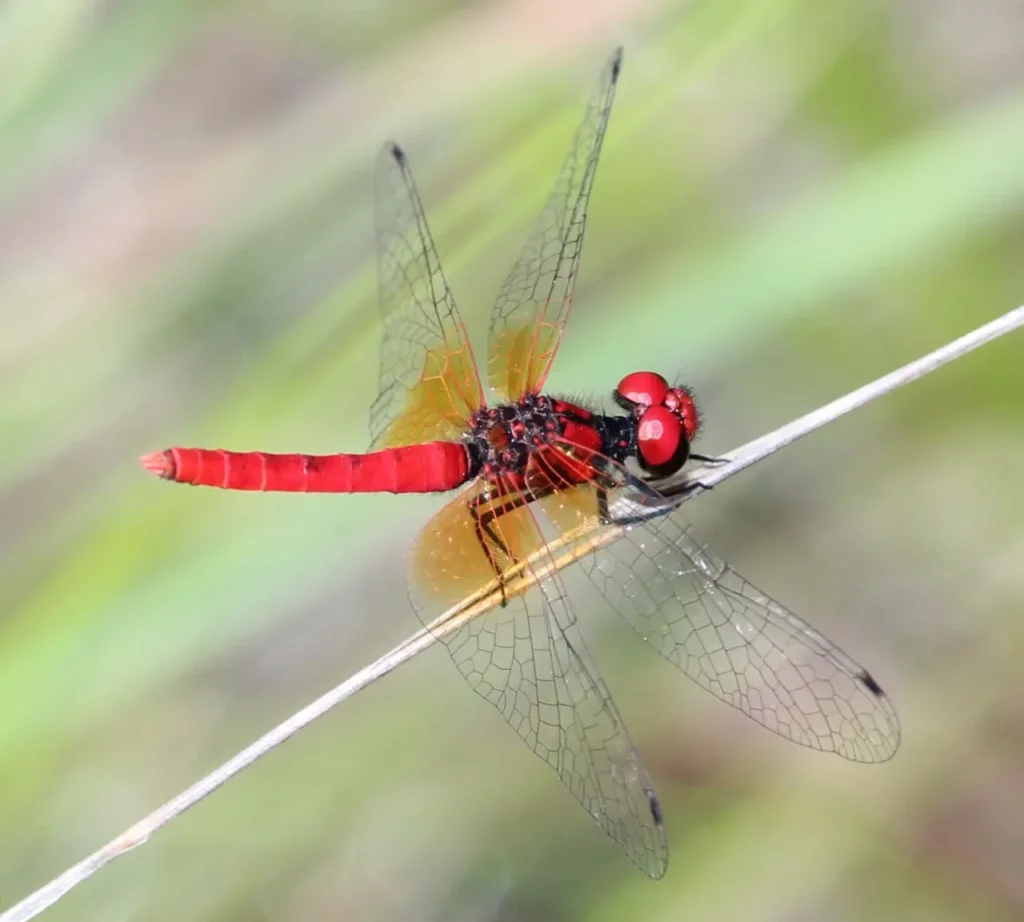
9. Micro Tityus Minimus scorpion
Micro Tityus Minimus scorpion, when fully developed, is only about 11mm in size. Scorpions are among the most aggressive and dangerous insects, considered as predators larger than even the giant spider species. They carry venom, but in the tribe of scorpion species, only 25 species produce a toxin that can be lethal to humans, while the others have less powerful venom and stingers.
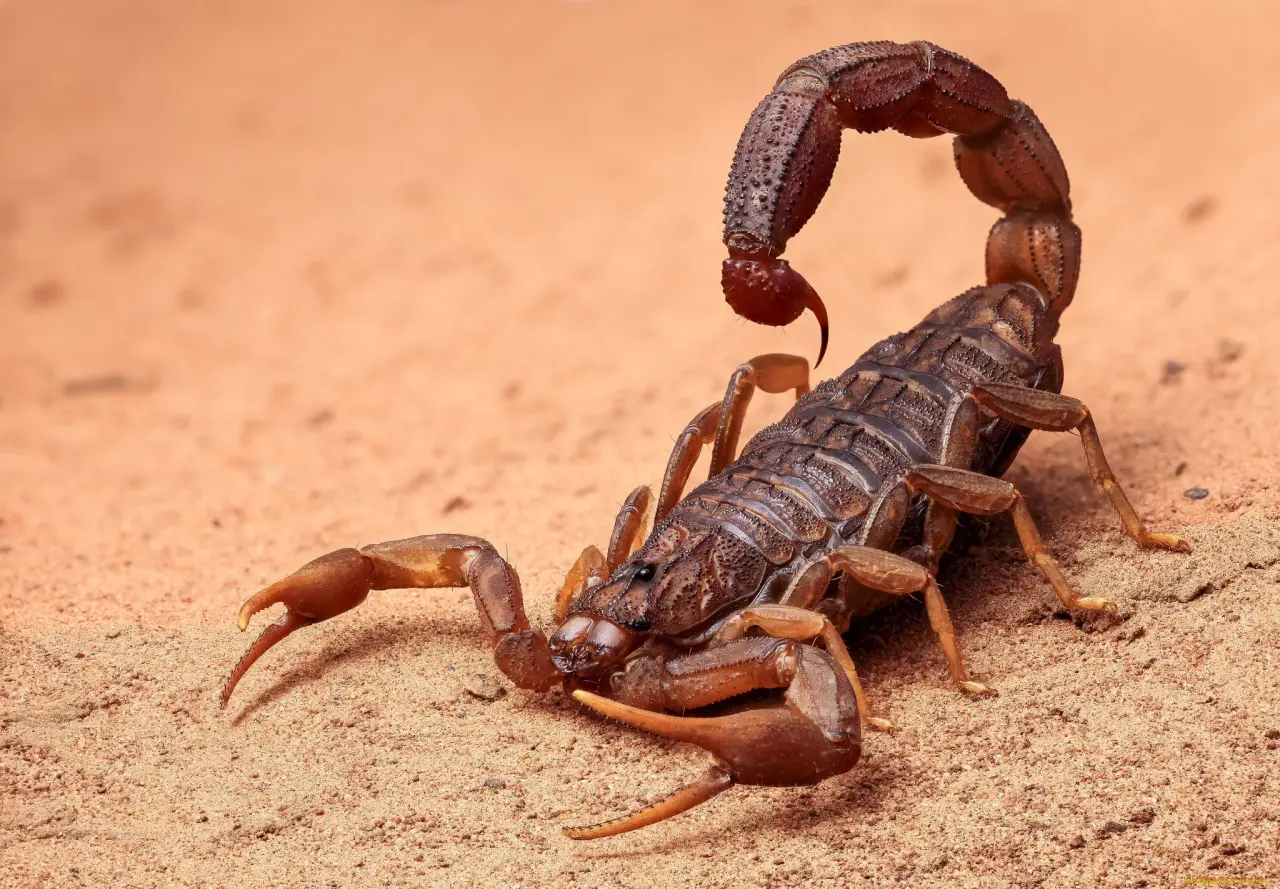
What is the significance of these tiny insects to the ecosystem?
The significance of the smallest insects on the planet.
Insects, whether small or large, contribute to the diversity of ecosystems and the community of insects in general. The existence of these species is like that of a single-celled organism, tiny like grains of sand, but they have a mission to help nature become more beautiful and abundant.
These tiny insects also contribute to the beauty of life, their diverse species make life more varied and have their own unique characteristics. In general, all insect species have significance to nature and the environment when they exist in the world.
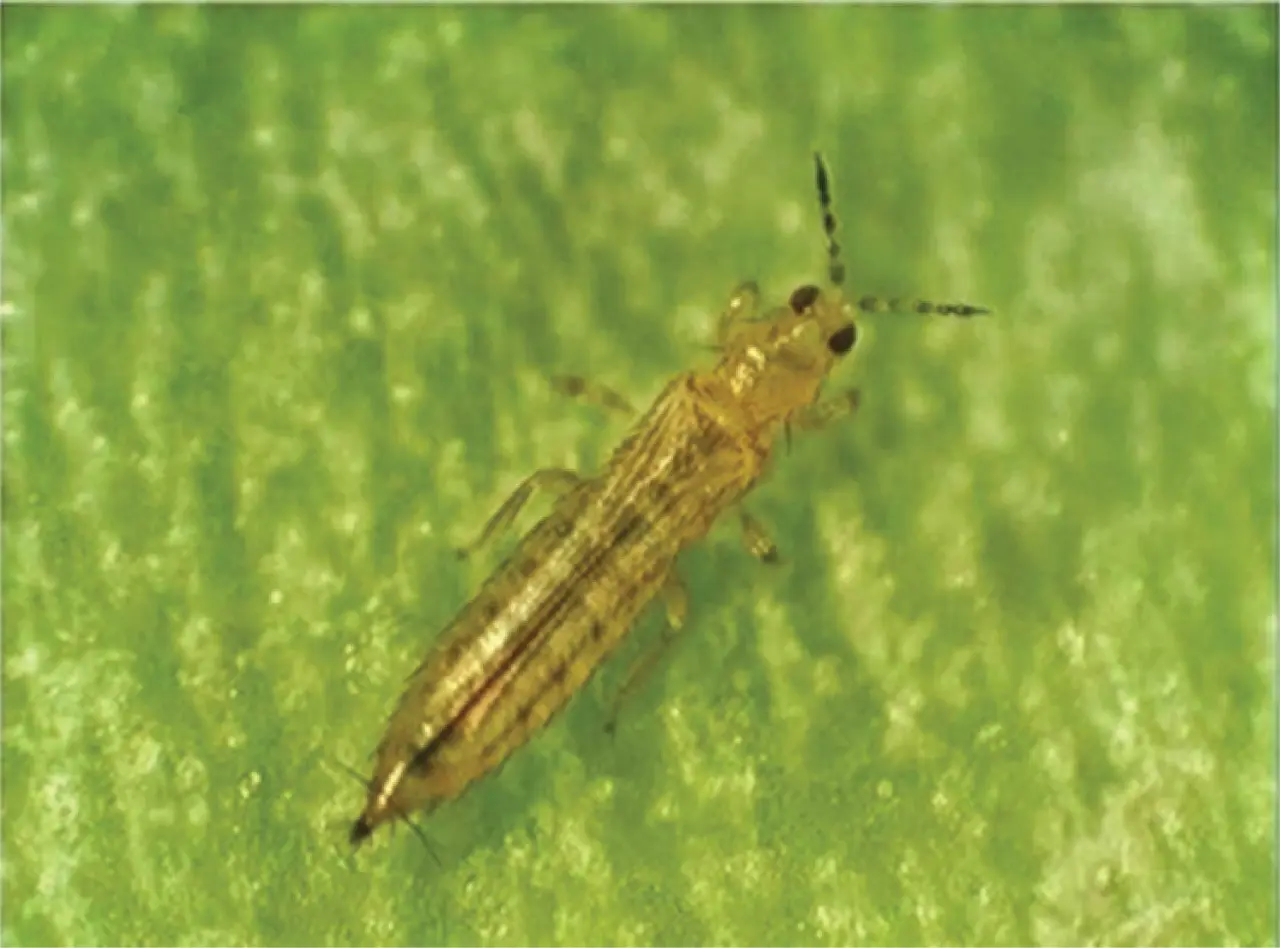
The above are some unique and fascinating small insects that we may have come across without even realizing it due to their small size. Hopefully, this article has provided useful information for readers.
